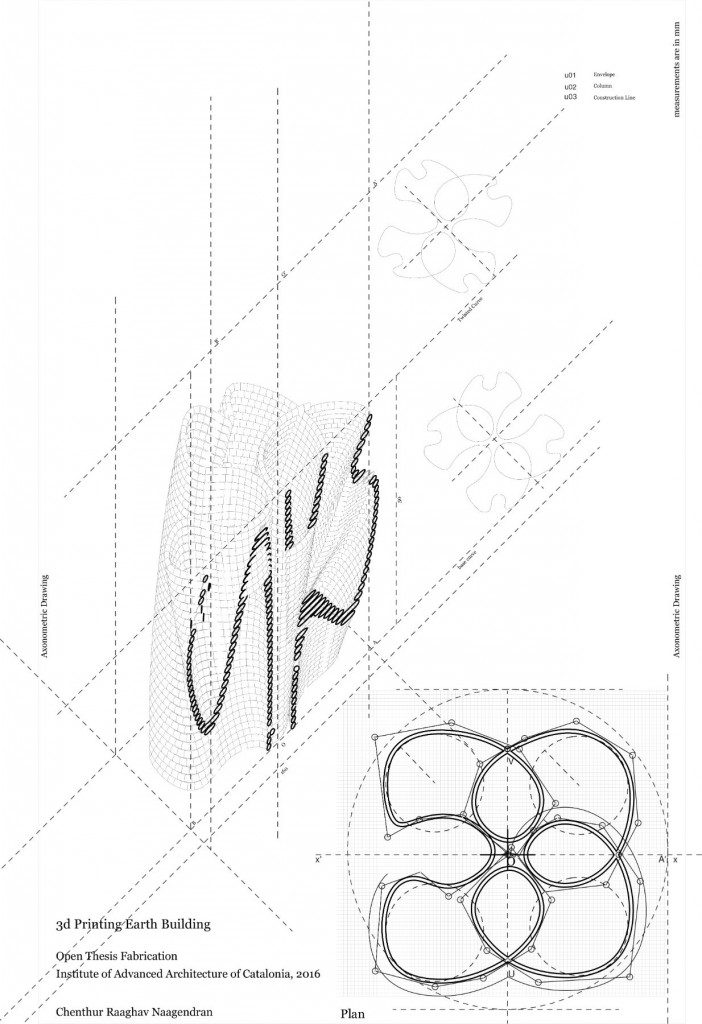OTF Week 6
On the 6th week of OTF, the students had the opportunity to discuss with Josep Perello, dean of the Faculty of Physics at the Universitat de Barcelona, in order to incorporate the idea of natural climatic phenomena systems into architectural design. Each student revisited the initial design system produced with PLA 3D Printing, but created new iterations meant to be printed with clay, but that would still perform according to the chosen phenomena.

Each natural effect demanded a different design. For example, when analyzing ventilation, an air flow pipe could be incorporated into the section of the wall, with air entering from the top of the wall outside, flowing through the section, and into the interior space at the bottom of the room. But the elements to be analyzed are multiple: from the relationship between the aperture of each opening and the width of the pipe, to the question whether a chimney system may be needed, in order to allow exhaust, or if there should be multiple pipes branching or a single path of air flow.
Not only does climatic phenomena require a specific design, but the digital simulations, paired with the conclusion agreed upon after meeting with Josep Perello, led to the designing of specific machinery in order to physically test the designs.
The students will also build their own hygrothermal monitoring apparatus, which will be able to test temperature and humidity levels and differences on both sides of the wall, as well as a customized load bearing in order to structurally test the limits of their prototypes. The device imagined to test the illumination potential and the solar radiation levels will include include the use of a robotic arm and a halogen light – the robot will be programmed to follow a relevant series of solar vectors, in order to recreate the basic idea of the existence of the sun.